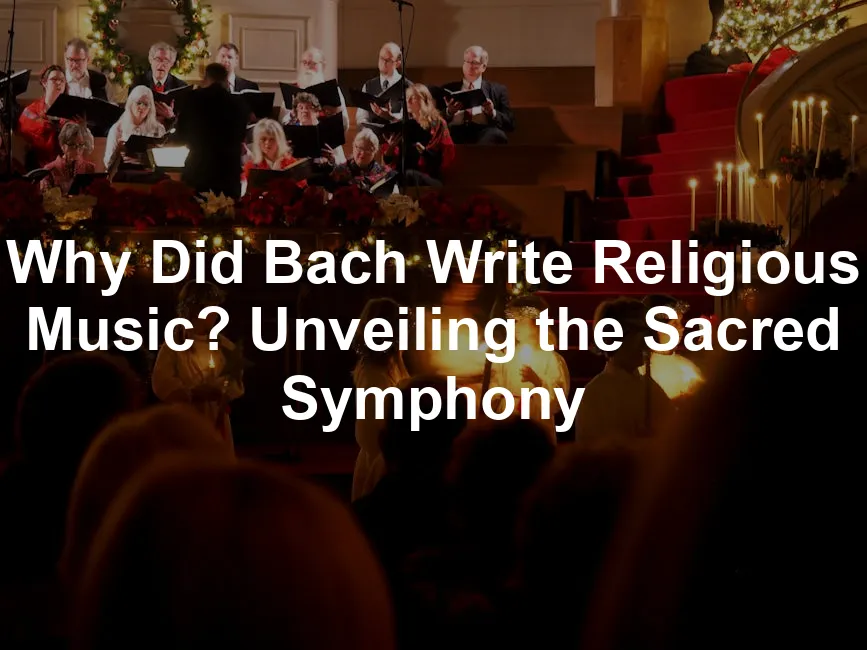
Why Did Bach Write Religious Music? Unveiling the Sacred Symphony
Introduction
In the grand tapestry of classical music, few figures loom as large as Johann Sebastian Bach. A composer whose genius transcended time, Bach’s works are often imbued with deep spiritual significance. But why did this prolific musician dedicate so much of his life to the creation of religious music? Was it merely a job requirement, or did his personal faith drive him to pen such profound sacred compositions? In this article, we’ll explore the multifaceted reasons behind Bach’s devotion to religious music, including his upbringing, theological beliefs, and the cultural landscape of his time. Prepare for a melodious journey that reveals how Bach’s sacred works were not only a reflection of his faith but also a profound contribution to the Christian musical tradition.
Bach was born into a musically rich family, steeped in the Lutheran tradition. His childhood home resonated with hymns and chorales, instilling in him a deep sense of spirituality. The teachings of Martin Luther, emphasizing music as a means to glorify God, profoundly influenced his compositions. Bach’s role as a church musician further solidified his commitment to sacred music. Serving as the Cantor at St. Thomas Church in Leipzig, he was tasked with creating music for services, festivals, and significant events. This professional duty transformed into a heartfelt mission as he viewed each note as an offering to God.
Moreover, the cultural context of Bach’s time cannot be ignored. The church was the heart of social life in 18th-century Germany, where congregations relied on music for spiritual connection. Bach’s work bridged the gap between the sacred and the secular, intertwining biblical texts and Lutheran hymns. His masterpieces, like the Mass in B Minor and St. Matthew Passion, are not merely compositions; they are theological explorations and emotional experiences that resonate with audiences even today.

Speaking of masterpieces, if you’re looking to dive deeper into Bach’s genius, consider picking up a copy of Mass in B Minor. This work is a grand synthesis of various styles, showcasing Bach’s mastery and deep understanding of liturgical music.
As we navigate through Bach’s motivations for writing religious music, we uncover a narrative rich in faith and artistry. His ability to infuse personal devotion into his compositions makes his work timeless, inviting listeners to experience the divine through music. So, let’s turn up the volume on this conversation and discover the sacred symphony behind Bach’s religious music.
Summary
Bach’s religious music is an intricate reflection of his life, faith, and the cultural milieu in which he lived. Raised in a devout Lutheran family, he was steeped in the teachings of Martin Luther and the principles of the Reformation. This environment nurtured his belief that music was a divine gift meant to glorify God. As a church musician, his professional obligations demanded a constant output of cantatas, passions, and other sacred compositions. Yet, beyond the demands of his role, Bach viewed music as a way to express his spiritual devotion.
The historical context of Bach’s time also played a significant role. The church was the heart of social life, with congregations relying on music for spiritual connection and communal worship. Bach’s compositions often included Lutheran hymns, biblical texts, and theological themes, bridging the gap between the sacred and the everyday. His works, such as the Mass in B Minor and St. Matthew Passion, serve as both musical masterpieces and theological explorations.
But Bach’s dedication wasn’t solely about fulfilling duties or expressing spirituality. It was also about innovation. He skillfully blended various musical styles, both sacred and secular, to create works that resonate with audiences even today. His philosophy of music as a tool for worship and communion informs every note, making his religious compositions enduring expressions of faith and artistry.
If you want to enhance your understanding of Bach’s artistry, consider checking out A Classical Music Guidebook: Understanding Bach’s Music. This book will take you through the intricacies of his compositions and the underlying themes that make them so special.
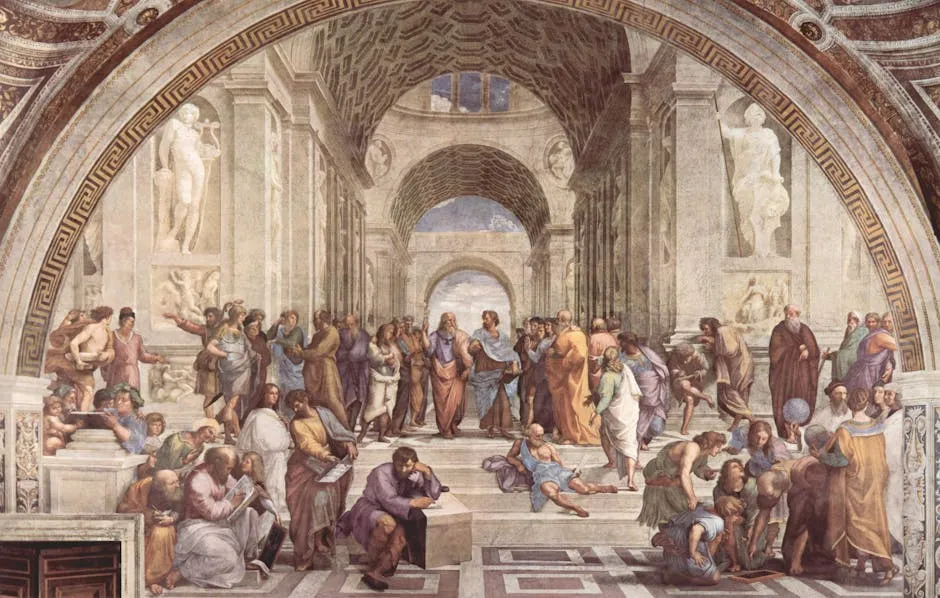
Why Bach Wrote Religious Music
Bach’s dedication to religious music stemmed from his deep faith and upbringing in a Lutheran family. Born in 1685, he was immersed in a culture that revered music as a means of worship. The church was not just a place for spiritual guidance; it was the heart of community life. Bach’s formative years were filled with hymns and sacred compositions, which left an indelible mark on his musical identity.
As a church musician, Bach held various positions that required him to produce sacred music regularly. His most significant role was as Cantor at St. Thomas Church in Leipzig. This position required him to create music for weekly services and special occasions, often under tight deadlines. Picture him, composing cantatas and chorales every week like a chef with a never-ending supply of ingredients! Yet, it wasn’t just about meeting quotas. Bach viewed his compositions as offerings to God, expressions of his spirituality.
He often signed his works with “S.D.G.”—Soli Deo Gloria, meaning “To God alone be the glory.” This signature reflects his belief that music should elevate the soul and glorify God. His religious pieces, like the Mass in B Minor and St. Matthew Passion, resonate with emotional and spiritual depth. These works were more than mere compositions; they represented profound theological insights and artistic expressions of his faith.
If you want to discover the depth of Bach’s religious compositions, consider the The Well-Tempered Clavier. This collection showcases Bach’s genius and is essential for anyone interested in understanding his musical language.
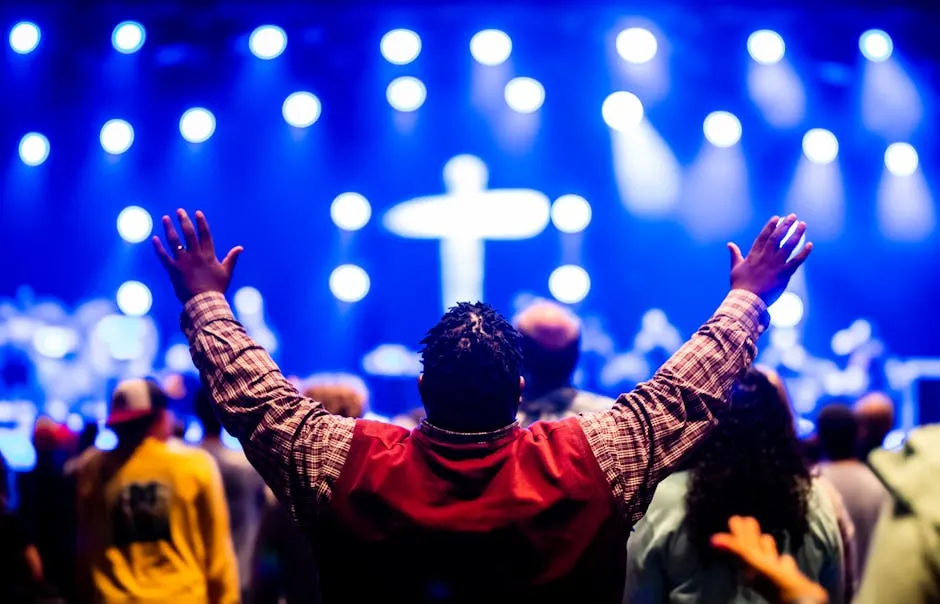
Bach’s music also served a practical purpose for congregants, enhancing their worship experience. In the 18th century, music played a crucial role in church services, helping to convey biblical narratives and theological themes. His use of Lutheran hymns and scriptural texts made his compositions accessible to worshippers, bridging the gap between sacred and everyday life.
Additionally, the cultural context of Bach’s time influenced his work. The church was a vital institution, shaping societal norms and values. Bach’s music not only catered to religious needs but also reflected the broader cultural landscape. His ability to blend complex musical forms with spiritual themes set him apart from his contemporaries.
Bach was not solely a composer of religious music; he also crafted secular works. However, his sacred compositions remain the most celebrated, marking him as a pivotal figure in the development of Western music. His approach combined art and faith, creating a legacy that continues to inspire musicians and listeners alike.
Through his music, Bach communicated a universal message of faith, hope, and redemption. Each note, carefully crafted, served to uplift the human spirit and invite listeners into a deeper relationship with the divine. In a world that often feels chaotic, his religious music offers a sanctuary of peace and reflection.
In summary, Bach wrote religious music not just as a job requirement but as a heartfelt expression of his faith. His dedication to creating sacred compositions reflects a profound understanding of music’s role in worship and community. Each piece stands as a testament to his belief that music is a divine gift, meant to connect the earthly with the heavenly.
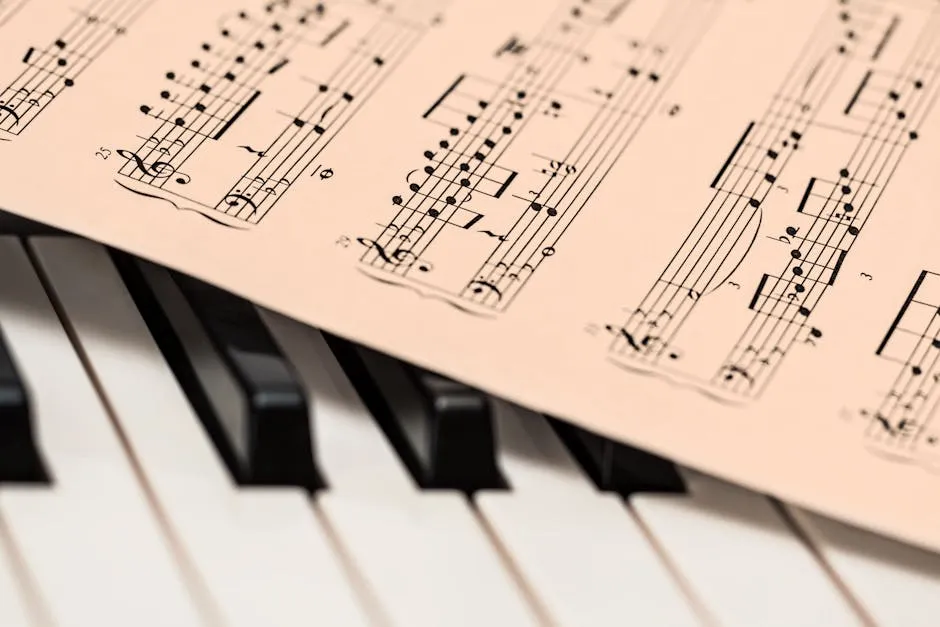
The Significance of Bach’s Religious Compositions
Key Works and Their Context
Johann Sebastian Bach’s religious compositions are a testament to his profound faith and musical genius. Among his most celebrated works are the Mass in B Minor, St. Matthew Passion, and a myriad of cantatas. Each piece serves a unique purpose while reflecting both personal devotion and broader theological themes.
The Mass in B Minor stands as a monumental work that Bach completed towards the end of his life. It’s a grand synthesis of various styles, illustrating Bach’s mastery and deep understanding of liturgical music. Originally composed in parts for the Catholic court in Dresden, it was later expanded into a complete mass. You might wonder: why would a Lutheran composer create a Catholic mass? For Bach, the Mass in B Minor was not just a religious obligation; it was an artistic expression that transcended denominational boundaries, showcasing his musical versatility.

Then there’s the St. Matthew Passion, a compelling narrative set to music, recounting the story of Christ’s suffering and crucifixion. Written for Good Friday services, this piece immerses the listener in the emotional depth of the Passion. The text is derived from the Gospel of Matthew, interspersed with reflections that invite contemplation. Bach’s choice of dramatic arias and choruses brings the biblical narrative to life, engaging congregations and prompting a deeper spiritual response.
If you’re intrigued by the depth of Bach’s cantatas, you might want to explore Bach: The Complete Cantatas (CD Box Set). This collection captures the essence of his sacred output and is a must-have for any classical music lover.
Moreover, Bach’s cantatas, of which he composed over 200, played a pivotal role in his religious output. Each cantata was often tied to specific Sundays and festivals within the Lutheran calendar, serving as musical sermons that enriched the worship experience. These works typically feature a mixture of choruses, arias, and recitatives, allowing for both communal participation and individual reflection. It’s like having a musical buffet—ample servings of theological insights served up alongside beautiful melodies!
In essence, Bach’s religious music arose from a confluence of personal faith and communal worship. His works served not only to fulfill his duties as a church musician but also to explore and express the complexities of belief. Each piece, whether joyous or somber, provides a glimpse into the spiritual landscape of Bach’s time, offering timeless reflections on faith, redemption, and humanity.
Theological and Musical Innovations
Bach’s approach to religious music was nothing short of revolutionary. He didn’t merely replicate existing styles; he innovated and synthesized. One of his hallmark techniques was the integration of various musical styles. For example, he adeptly fused Latin texts with Lutheran hymns, creating a rich tapestry of sound that appealed to diverse audiences. This blending of traditions was not just a stylistic choice; it was a way to bridge the gaps between different worship practices and cultural expressions.
His use of counterpoint is another hallmark of Bach’s genius. In many of his religious compositions, independent melodic lines interweave to create complex harmonies. This technique not only showcases his mastery of musical form but also mirrors the intricate nature of faith. Just as voices blend in harmony, so too do different aspects of spirituality coexist. His cantatas and passions often feature intricate fugues that invite listeners to contemplate the divine intricacies of their faith.
Bach’s unique treatment of sacred themes resonates even in contemporary contexts. His ability to convey profound theological concepts through music makes his works relevant today. For instance, the emotional weight of the St. Matthew Passion continues to inspire performances that engage modern audiences. Conductors often emphasize Bach’s humanity, allowing listeners to connect with the composer’s struggles and triumphs through the music.

If you’re interested in exploring the organ works of Bach, you should definitely check out Bach: The Organ Works (CD). This collection highlights his extraordinary ability to create music that elevates the soul.
Moreover, his philosophy of music as a divine gift permeates his work. Bach believed that music should glorify God and uplift the human spirit. He famously inscribed “S.D.G.” (Soli Deo Gloria) at the end of his compositions, underscoring his intent. This commitment to worship through artistry invites musicians and listeners alike to engage with the spiritual dimensions of music, creating a shared experience that transcends time and place.
In summary, Bach’s religious compositions are significant not only for their musical brilliance but also for their theological depth. They reflect a synthesis of various styles, innovative techniques, and a profound understanding of the human experience in relation to the divine. Through his work, Bach continues to inspire, inviting each listener into a conversation about faith, art, and the beauty of existence.

Conclusion: The Enduring Legacy of Bach’s Religious Music
Johann Sebastian Bach’s contributions to religious music are profound and far-reaching. His works reflect a deep intertwining of faith and artistry, showcasing a devotion that transcends mere duty. Bach composed with the intent to glorify God, infusing each piece with spiritual significance that resonates today. From his early exposure to sacred music in his devout Lutheran family to his pivotal role as Cantor at St. Thomas Church, every note he penned was a deliberate act of worship.
Bach’s compositions, such as the Mass in B Minor and St. Matthew Passion, serve as both musical masterpieces and theological explorations. His ability to weave biblical texts and Lutheran hymns into compelling narratives invites listeners into a deeper understanding of faith. These works are not just products of their time; they are timeless expressions of human devotion and emotion, bridging the gap between the sacred and the everyday.
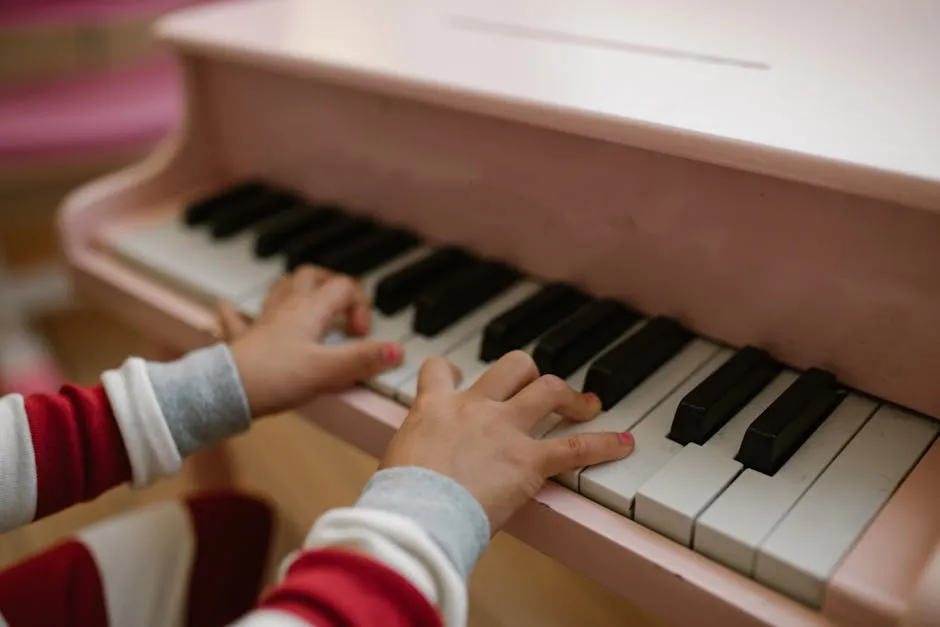
If you’re looking for a comprehensive overview of Bach’s life and works, grab a copy of Bach: A Biography by Christoph Wolff. This book delves into the life of the man behind the music, providing valuable insights into his motivations and influences.
The impact of Bach’s religious music extends beyond the church. His innovative blending of styles and techniques set a standard in Western music that continues to inspire composers and musicians. The emotional depth found in his sacred compositions uplifts audiences and invites them to reflect on universal themes of faith, suffering, and redemption.
Bach’s legacy is a testament to the enduring power of music as a means to connect with the divine. His works invite listeners to ponder the complexities of life while basking in the beauty of sound. As we engage with his music, we find not only a reflection of Bach’s personal faith but also an invitation to explore our own spirituality through the art he so lovingly crafted. His religious music remains a source of inspiration and upliftment, echoing through the ages as a beacon of faith and artistry.

FAQs
Why did Bach compose a Catholic mass if he was Lutheran?
Bach’s *Mass in B Minor* raises intriguing questions about his religious identity. While he was a devout Lutheran, his composition of the Mass was not a deviation from his beliefs, but rather an acknowledgment of the broader musical traditions of his time. The *Mass* was initially intended as a gift for the Catholic court in Dresden in 1733, showcasing his versatility as a composer. The work incorporates both Lutheran and Catholic elements, reflecting Bach’s deep understanding of music’s role in worship across denominations. This piece stands as a testament to his skill and ability to transcend specific religious contexts, inviting listeners to appreciate the universal nature of his artistry.
What was Bach’s philosophy regarding music?
Bach believed that music should primarily glorify God and provide spiritual refreshment to the soul. This philosophy is evident in his approach to composition. He often began his work with the initials “J.J.” (Jesus Juva) and concluded with “S.D.G.” (Soli Deo Gloria). For him, music was not merely an art form; it was a means of worship and a way to connect people with the divine. His works are imbued with theological depth, drawing on scripture and religious themes, while also aiming to elevate the human experience. Bach’s belief that music could serve both God and humanity reflects a profound understanding of its power to inspire and transform lives. This commitment to music as a spiritual discipline continues to resonate with audiences, making his works enduring treasures in the classical repertoire.
How did Bach’s music influence later composers?
Bach’s influence on later composers is nothing short of monumental. His religious music laid the groundwork for generations of musicians who sought to express their faith through art. Composers like Mozart and Beethoven admired Bach’s intricate counterpoint and emotional depth. They often cited his works as inspiration, evident in their compositions that followed. Bach’s use of harmony and structure became a model for future generations. His cantatas and passions featured a blend of vocal and instrumental forces, setting a standard for choral music. This approach resonated through the Classical and Romantic periods, influencing the way composers crafted their own sacred works. Moreover, Bach’s ability to convey complex theological themes through music created a template for conveying spirituality. His music became a reference point for composers who aimed to connect with listeners on a profound level. This is why we still hear Bach’s influence echoing in modern worship settings. His pieces continue to be performed in churches, inspiring new generations to engage with sacred music. Bach’s religious compositions also introduced a sense of drama and narrative that later composers utilized. The emotional weight of pieces like the *St. Matthew Passion* captured the essence of storytelling in music. As a result, many composers adopted similar techniques, ensuring that Bach’s legacy endured. In contemporary worship, Bach’s music serves as a bridge between tradition and modern expressions of faith. His works, rich in theological depth, resonate with audiences today, reminding them of the unchanging power of music in worship. Overall, Bach’s influence is a testament to his ability to transcend time and connect with the human spirit.
Was all of Bach’s music religious?
No, not all of Bach’s music was religious, although much of his output was sacred. Bach was a versatile composer who dabbled in various genres. His career included a plethora of secular compositions alongside his renowned church music. His works encompassed orchestral suites, concertos, and chamber music, demonstrating his wide-ranging talent. Bach’s secular pieces often reflected everyday life and human experiences. His *Brandenburg Concertos* are a prime example, showcasing his creativity and skill outside the religious context. These works, filled with joy and celebration, highlight Bach’s ability to capture the spirit of his time in various musical forms. While his religious compositions delve into deep theological themes, his secular works celebrate life’s lighter moments. This versatility showcases Bach’s genius in adapting to different musical contexts. It also reflects the broader cultural landscape of his era, where music played a vital role in both sacred and secular life. In fact, Bach’s secular music influenced later composers just as much as his religious works. His ability to blend styles and genres set a precedent for future generations. This duality in his compositions demonstrates that Bach was not just a religious figure; he was a multifaceted artist whose music continues to resonate across various realms. Thus, Bach’s legacy is not solely defined by his religious music. His secular works are equally significant, contributing to his reputation as one of history’s greatest composers. By embracing both sacred and secular themes, Bach crafted a rich, diverse body of work that endures in relevance and impact.
Bach’s dedication to religious music raises intriguing questions about his motivations and influences. Learn more about why Bach wrote religious music.
Please let us know what you think about our content by leaving a comment down below!
Thank you for reading till here 🙂
All images from Pexels




